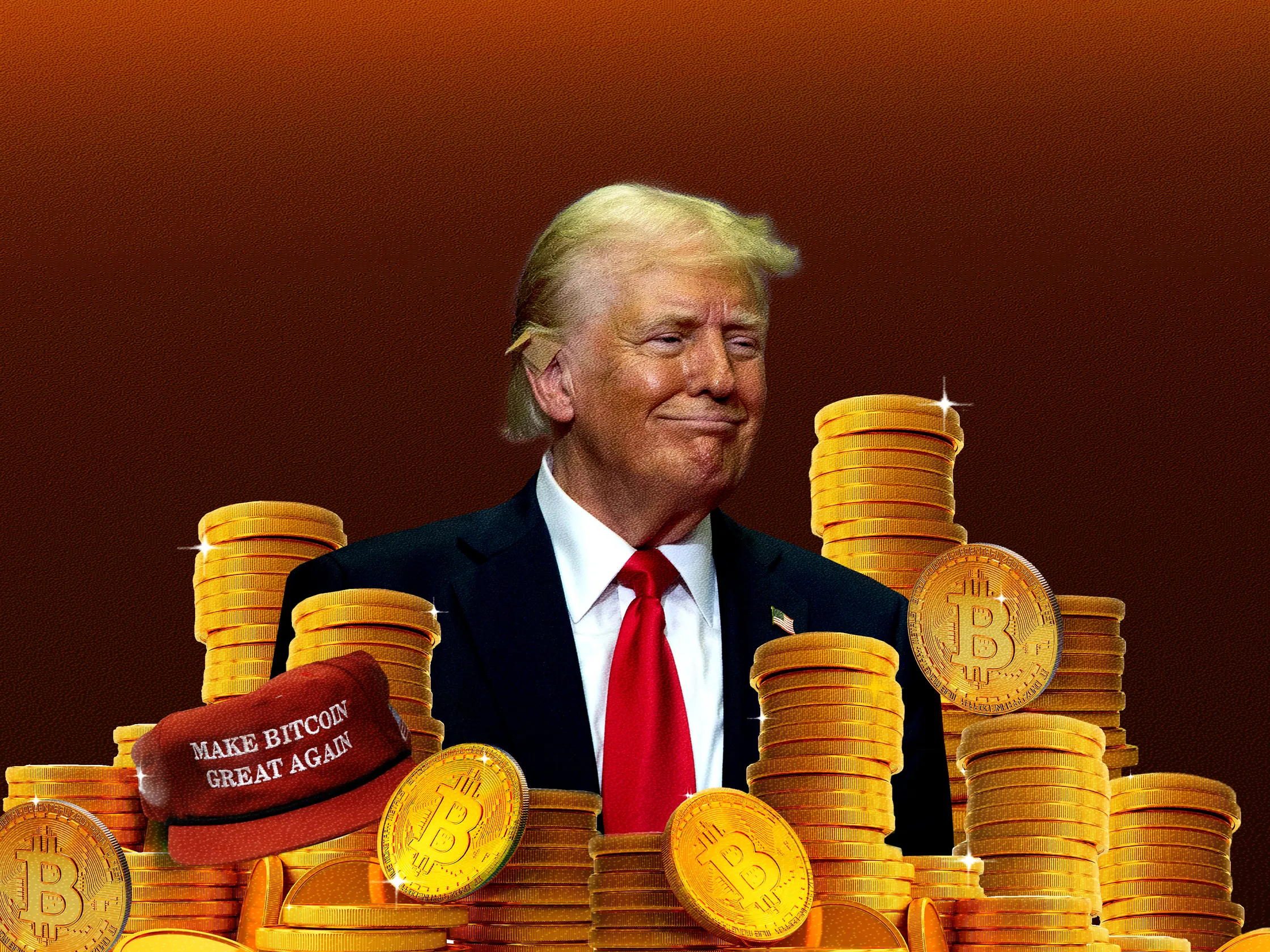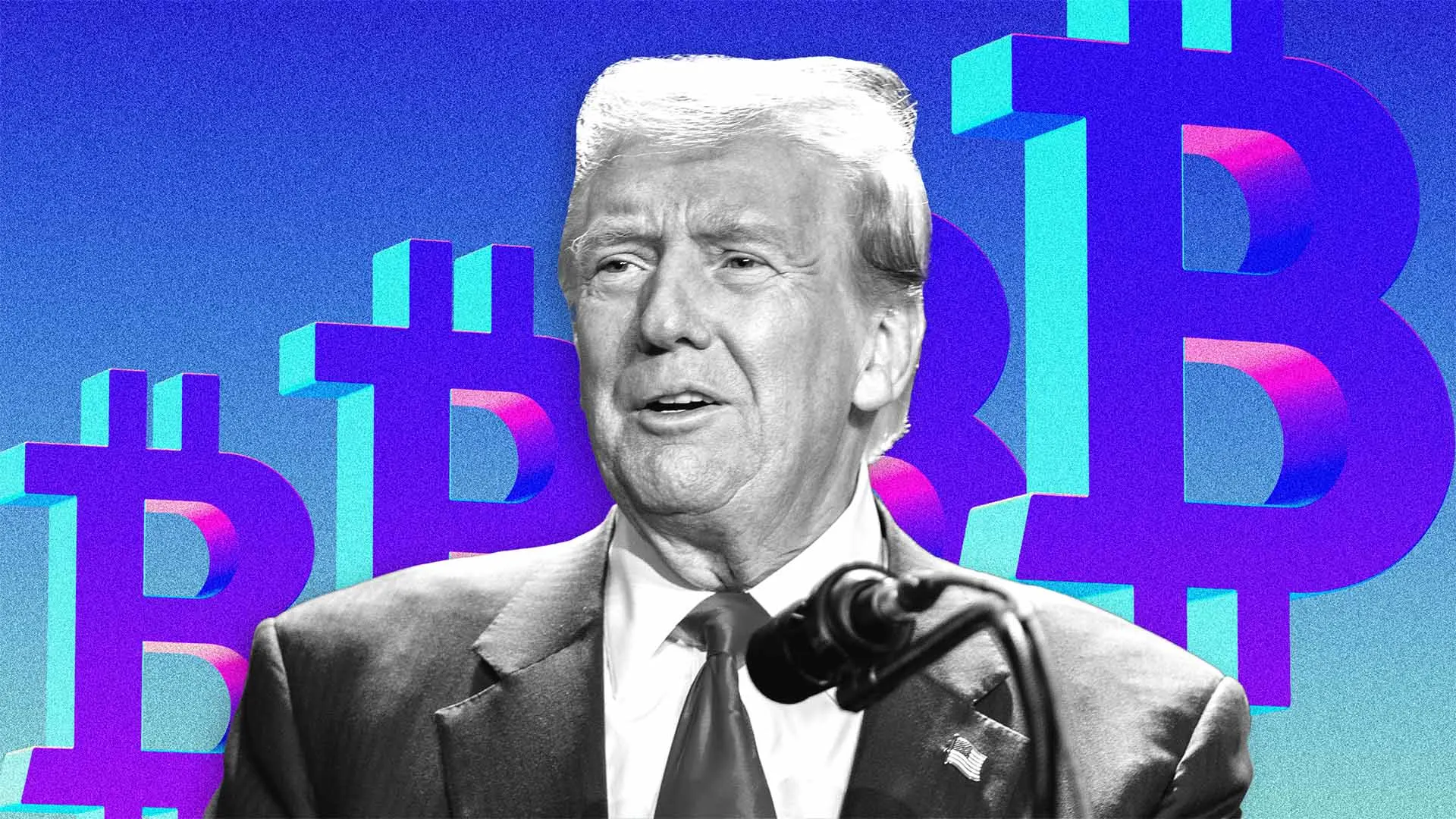Bitcoin has made a remarkable comeback, surging to levels not seen since early August and breaching the $65,000 mark—a key resistance level that traders have been watching closely. This milestone comes as institutional demand intensifies and macroeconomic conditions improve, fueling hopes that Bitcoin’s next bull market is firmly on the horizon.
Notably, Bitcoin ETFs in the U.S. have seen strong inflows, with total daily net inflows surpassing $100 million for two consecutive days. On Sept. 26 alone the aggregate inflows for the 11 spot Bitcoin ETFs in the U.S. reached $365.7 million, further solidifying the incumbent’s upward trajectory
With liquidity building above the $60,000 mark and key bid levels creating strong support, the stage appears set for further upward momentum. But what’s driving this resurgence? Several factors are at play, and in this article, we break down the key forces behind Bitcoin’s potential return to bull territory.
1. China’s Economic Stimulus: A Catalyst for Global Markets
The People’s Bank of China (PBOC) has taken bold steps to stimulate its slowing economy, and these measures have had a ripple effect across global markets, including cryptocurrencies. In a move to support economic growth, the PBOC recently slashed its reserve requirement ratio by 50 basis points. This policy shift is part of a broader initiative by the Chinese government to stabilize its economy, bolster private enterprise, and reignite real estate markets. Stock markets in China responded positively, with the Shanghai Composite jumping 3.6% (its best week in a decade).
This surge in Chinese equities has extended to Western markets, including the U.S. and Europe, where stock indices reacted favorably to the news. With global liquidity rising, this has spilled over into the cryptocurrency market, helping to drive Bitcoin higher. Another angle supported by some is that as major economies like China ease monetary policy – Bitcoin may be seen as a hedge against inflationary pressures caused by government intervention – a narrative that has played out before in this post-COVID market.
2. Global Liquidity Surge: Cheap Capital Floods the Market
One of the biggest drivers behind Bitcoin’s current momentum is the surge in global liquidity. Investment researcher Lyn Alden recently noted that Bitcoin has historically been highly correlated with changes in the global monetary base (M2). Data reveals that Bitcoin’s price increased in 83% of cases over a 12-month period when liquidity was added to the global money supply. In contrast, traditional safe-haven assets like gold followed M2’s direction in just 68% of the previous 10 years.
This new wave of liquidity, as central banks pump money into the system, has reignited interest in Bitcoin. The S&P 500 has, in the past, also enjoyed the benefits of this increased liquidity, with an 81% correlation to changes in M2.
Tech stocks have also been on a tear, with names like Nvidia, Tesla, and Apple seeing significant gains. The renewed strength in the tech sector has added more fuel to Bitcoin’s rally, as investors seek out high-growth, innovative assets.
3. US Monetary Policy: Interest Rate Cuts Set the Stage
The Federal Reserve’s recent policy shift toward quantitative easing has been another major factor propelling Bitcoin upwards. The Fed has been proactive starting the easing cycle with a notable half a point reduction in the federal funds rate. For context – the last time such a drastic cut took place was in 2008 following the Global Financial Crisis. Capital has become cheaper, and institutional investors are re-entering risk assets like tech stocks and cryptocurrencies. With more cuts on the horizon investor confidence is starting to grow.
These cuts are taking place on the backdrop of what appears to be a resilient U.S. economy. The third estimate of U.S. GDP growth for Q2 came in at a strong 3%, supporting expectations of continued economic expansion. Fears of a stock market bubble are fast fading as U.S. housing prices hit all-time highs, and investors grow more optimistic about the resilience of the economy.
CME Group’s FedWatch Tool indicates that traders are betting on further rate cuts, with the odds of either a 0.25% or 0.50% rate cut in November being evenly split. Lower rates, combined with robust economic data, are priming Bitcoin and other risk assets for sustained growth.
4. Bitcoin Consolidation: Calm Before the Storm?
Another key factor that has traders bullish is the prolonged period of low volatility in Bitcoin. Historically, extended periods of consolidation with minimal price movement have often preceded significant market moves. This quiet phase in Bitcoin’s price action is reminiscent of 2019-2020, a period that was followed by a massive rally in mid-2019.
Many traders view this low-volatility environment as the ‘calm before the storm.’ With Bitcoin now holding firmly above the $60,000 level and key support building, there’s a growing sense that the next big move could be to the upside.
5. Upcoming US Presidential Election: A Potential Tailwind
The upcoming U.S. presidential election could add another layer of volatility—and potential upside—to Bitcoin’s price. Historically, markets have seen increased activity in the aftermath of U.S. elections, and Bitcoin could be a beneficiary of this trend.
There’s also the added possibility of a pro-Bitcoin candidate in the form of Donald Trump, who recently made waves by pledging his support for Bitcoin at the Bitcoin Nashville event. Should Trump regain office, some believe he may push to include Bitcoin as a strategic reserve, which could dramatically boost the cryptocurrency’s legitimacy and price.
6. Resilience of Short-Term Holders: Confidence is Building
Short-term Bitcoin holders—those who bought their positions within the last 1 to 3 months—are also showing resilience, according to data from Glassnode. Many of these holders have faced unrealized losses over the past few months but have held onto their positions, waiting for a recovery.
As Bitcoin’s price begins to stabilize above their cost basis, these short-term holders are now seeing their holdings return to neutral territory. This confidence, particularly after enduring losses, is a positive sign for the market, as it indicates that selling pressure may be waning, and more participants are willing to hold through volatility.
Conclusion:
Bitcoin’s recent rally above the $65,000 mark signals that the asset may be entering another bull market phase. A combination of global macroeconomic forces, including China’s economic stimulus, increased liquidity, and U.S. monetary easing, are all contributing to the positive momentum. With key bid liquidity building above the $60,000 level, Bitcoin may be primed for further upside.
Additionally, the resilience of short-term holders and the potential for post-election volatility further underscore the case for Bitcoin’s continued growth. As institutional demand rises and the market braces for the next big move, traders are keeping a close eye on whether this truly marks the beginning of the next Bitcoin bull market.
Instantly trade Bitcoin and other major cryptocurrencies on the OVEX exchange.
DISCLAIMER: Dealing or trading in cryptocurrency carries risk. By dealing or trading in cryptocurrency you assume the inherent or associated risks arising from the volatility of cryptocurrency and its limited use in the mainstream marketplace, including loss of capital. Trading in cryptocurrency may not be suitable for all persons. Past returns or performance of any cryptocurrency are not a reliable indicator for future returns. This is not financial advice and is not an invitation to trade. Ovex (Pty) Ltd is an Authorised Financial Services Provider (FSP 53922) and a registered credit provider (NCRCP15552).











